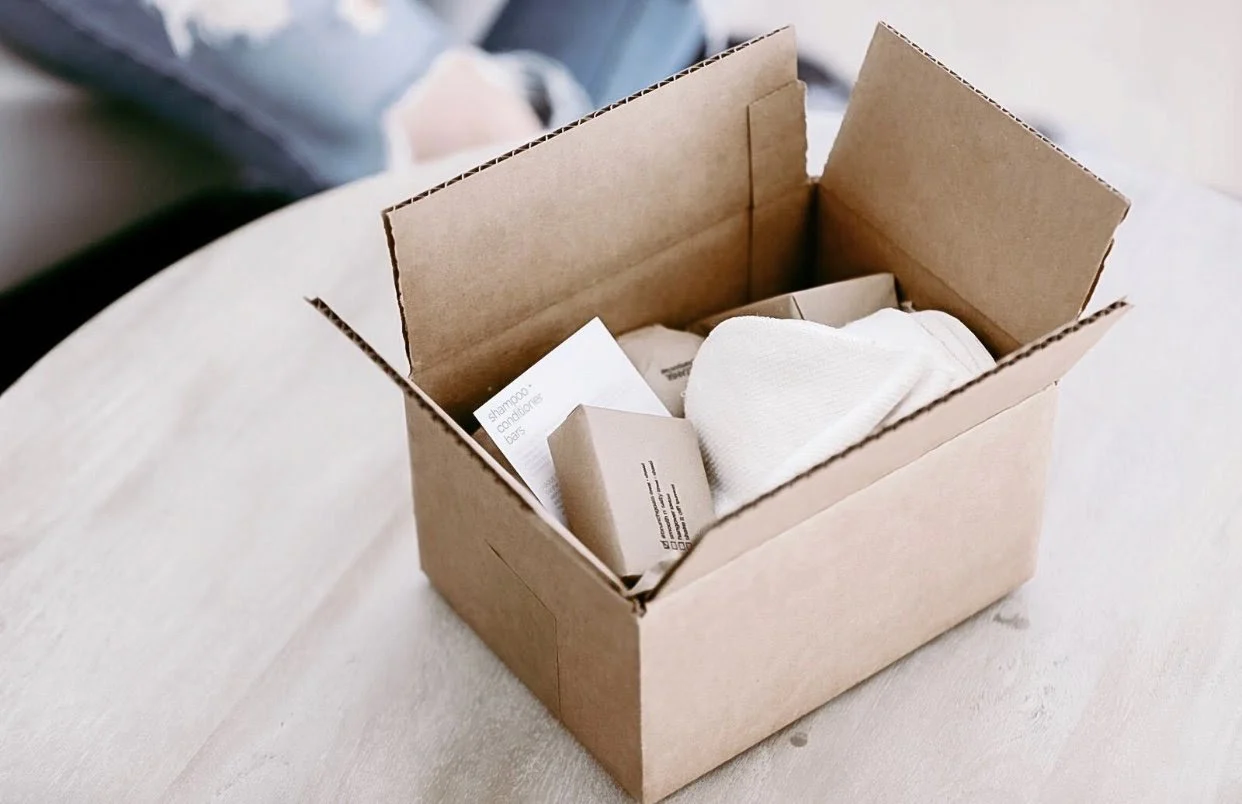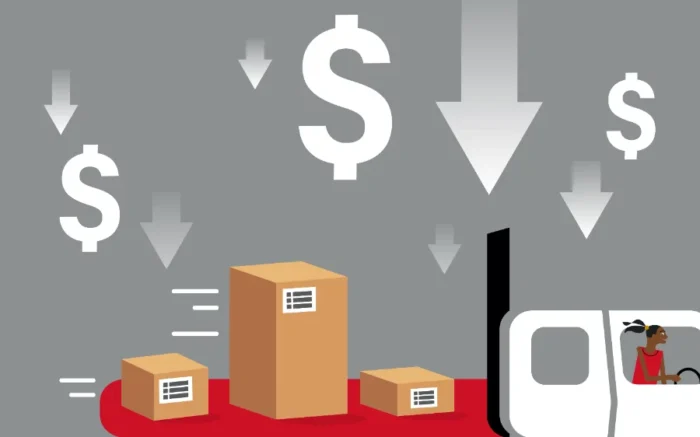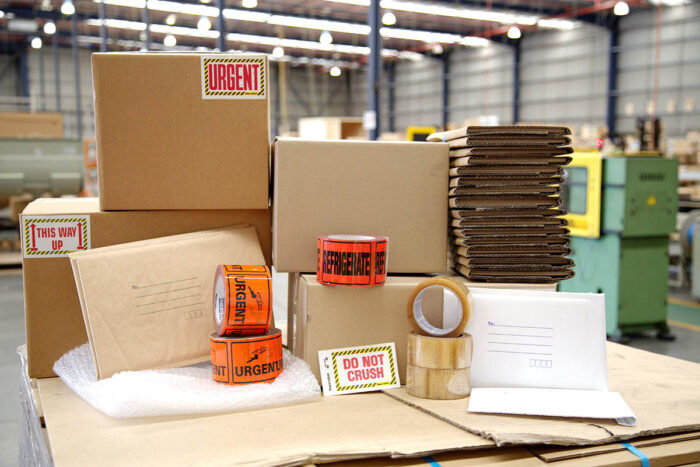
In a world where e-commerce has become an integral part of our lives, the art of minimalist packing has taken on a newfound significance. Whether you’re a small business owner looking to cut shipping costs or an individual preparing for a long-distance move, mastering the principles of minimalist packing can lead to substantial savings and a reduced environmental footprint.
In this blog post, we will delve into the importance of minimalist packing for cost-effective shipping and explore various strategies to achieve it. From choosing the right packaging materials to downsizing possessions, we’ll guide you through the process of shipping smarter, not harder.
Benefits of Minimalist Packing

Lower Shipping Costs
Minimalist packing isn’t just a trend; it’s a strategy that can significantly impact your bottom line. When you pack efficiently and eliminate unnecessary bulk, you reduce the weight and volume of your shipments. This translates into lower shipping costs, especially for long-distance or international deliveries. Whether you’re a business trying to maintain competitive pricing or an individual looking to save on relocation expenses, every dollar saved on shipping is a step toward financial efficiency.
Reduced Environmental Impact
The environmental implications of excessive packaging are hard to ignore. Mountains of plastic, cardboard, and other packing materials end up in landfills every year, contributing to pollution and resource depletion. Minimalist packing promotes sustainability by minimizing waste. When you use fewer materials and make smaller shipments, you’re not only saving money but also reducing your carbon footprint. It’s a win-win situation for your wallet and the planet.
Choosing the Right Packaging Materials
Selecting appropriate packaging materials is a fundamental step in minimalist packing. The right choices can save you money and simultaneously reduce environmental impact.
Opt for Recyclable and Biodegradable Materials: Whenever possible, choose packaging materials that are recyclable or biodegradable. Cardboard boxes, paper packaging, and recyclable plastics are eco-friendly options that won’t burden the environment.
Customize Packaging for Your Items: Avoid using oversized boxes for small items, as this wastes space and resources. Invest in packaging that fits your items snugly, reducing the need for excessive padding.
Consider Reusable Packaging: Reusable packaging options like tote bags, fabric wraps, or durable plastic containers can serve you well in the long run. They not only reduce waste but also save you money on buying disposable packaging materials repeatedly.

Decluttering Your Items
Before you start packing, it’s essential to declutter your belongings. This process involves evaluating the worthiness of each item for shipment and making tough decisions.
Categorize and Prioritize: Begin by categorizing your items into essentials and non-essentials. Items with sentimental value or high practicality should take precedence. This is where using a label printer would be wise. For a versatile and dependable label printing solution, MUNBYN is an excellent choice!
Donate or Sell Unwanted Items: Consider donating or selling items you no longer need. This not only lightens your load but also earns you some extra cash or goodwill.
Digitize Documents and Photos: In this digital age, many documents and photos can be scanned or photographed and stored electronically, reducing the need to ship physical copies.
Prioritizing Essentials
When you’re working with limited space and budget constraints, it’s crucial to pack only what you truly need.
Plan Ahead: Create a packing list and stick to it. This will help you stay focused on essential items and avoid last-minute packing decisions that can lead to overpacking.
Pack Versatile Clothing: Select clothing items that can be mixed and matched to create various outfits. This reduces the number of garments you need to pack.
Consider Buying at Your Destination: For non-essential items like toiletries, consider purchasing them at your destination. Many hotels and stores offer basic necessities, saving you space and weight in your luggage.
Efficient Packing Techniques
Efficient packing is an art that involves maximizing space utilization while ensuring your items remain secure.
Roll Clothes Instead of Folding: Rolling clothes instead of folding them not only saves space but also minimizes wrinkles. It’s a simple yet effective technique for packing clothing efficiently.
Use Packing Cubes: Packing cubes or organizers can help you compartmentalize your items, making it easier to find what you need and saving space in the process.
Vacuum-Sealed Bags: Vacuum-sealed bags can compress bulkier items like bedding or winter clothing significantly, reducing the overall volume.

Use of Multi-Functional Items
One of the key principles of minimalist packing is making the most of multi-functional items.
Multipurpose Tools: Carry tools or gadgets that serve multiple purposes. For example, a smartphone can replace a camera, flashlight, and GPS device.
Versatile Clothing: Invest in clothing items that can be used for various activities. A convertible dress or a versatile jacket can adapt to different occasions.
Limit Shoes: Shoes can be heavy and take up space. Choose a few pairs that are suitable for multiple occasions to reduce the number you need to pack.
Properly Wrapping Fragile Items
When you’re shipping fragile items, it’s essential to protect them without resorting to excessive packing materials.
Use Soft Items for Padding: Instead of using bubble wrap or packing peanuts, use soft items like clothing, towels, or blankets to cushion fragile items. This saves space and provides extra padding.
Wrap with Care: Wrap fragile items individually with protective materials like bubble wrap or foam sleeves. Secure them with tape to prevent shifting during transit.
Label Fragile Items Clearly: Ensure that packages containing fragile items are labeled as such to alert handlers to take extra care.
Downsizing for Shipping
Downsizing possessions is a concept closely tied to minimalist packing. It involves making deliberate choices to reduce the number of items you own and subsequently need to ship.
Consider Minimalist Living: Embrace a minimalist lifestyle by decluttering and owning fewer possessions. This not only simplifies packing but also leads to a more organized and stress-free life.
Rent or Borrow at Your Destination: If you’re moving temporarily, consider renting or borrowing items at your destination rather than shipping everything. This can save you both money and hassle.
Evaluate the Long-Term Value: Before purchasing new items, evaluate their long-term value and whether they align with your minimalist goals. Avoid accumulating unnecessary possessions.

Shipping Services and Cost Comparison
Once you’ve mastered the art of minimalist packing, it’s time to explore shipping services and compare costs.
Research Shipping Providers: Investigate different shipping providers, such as postal services, private couriers, and freight companies. Each may offer various rates and services suitable for your needs.
Get Multiple Quotes: Don’t settle for the first shipping quote you receive. Request quotes from multiple providers and compare their rates, delivery times, and service quality.
Consider Shipping Insurance: Depending on the value of your items, consider purchasing shipping insurance to protect against loss or damage during transit.











